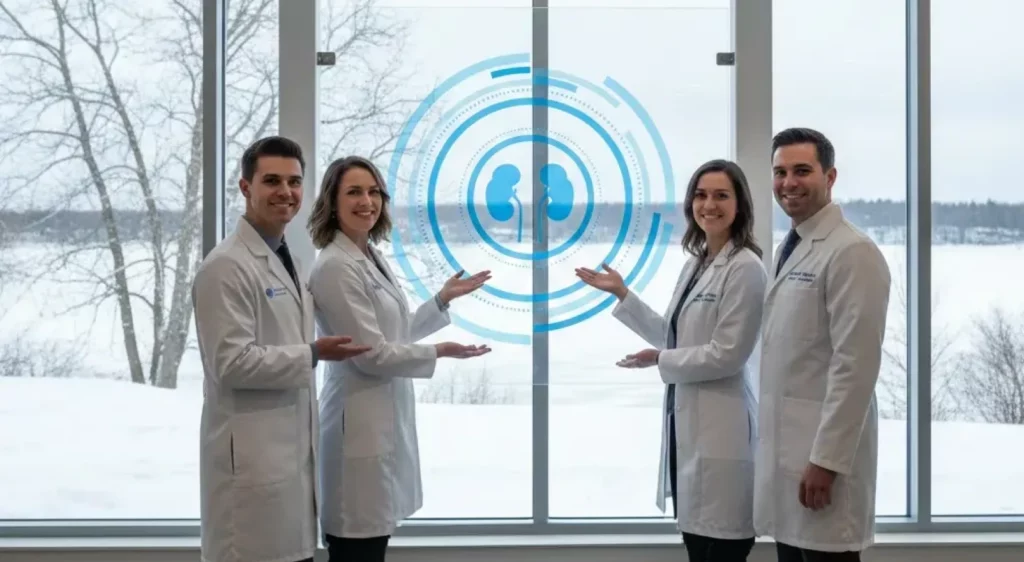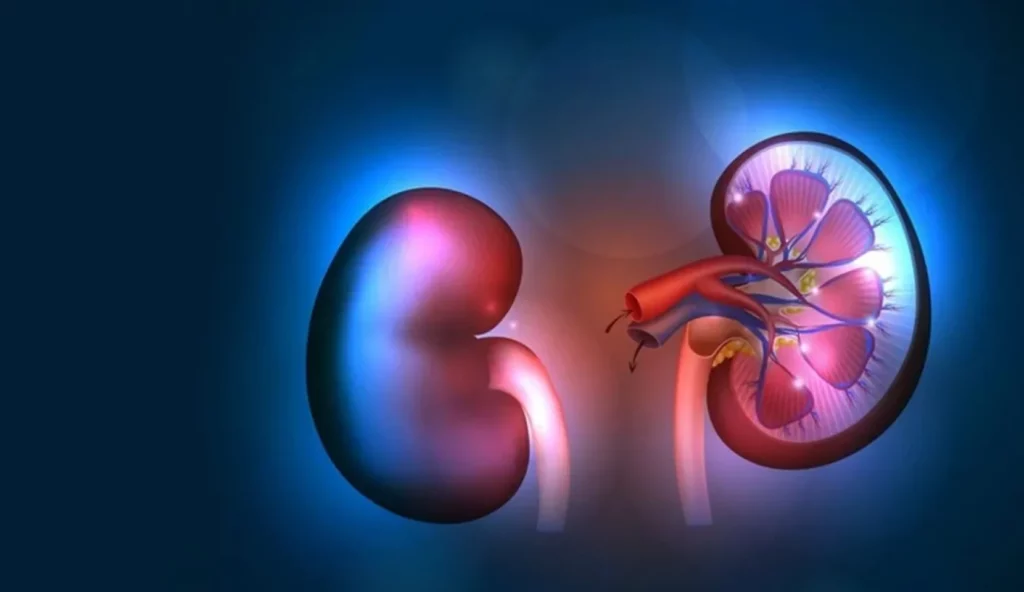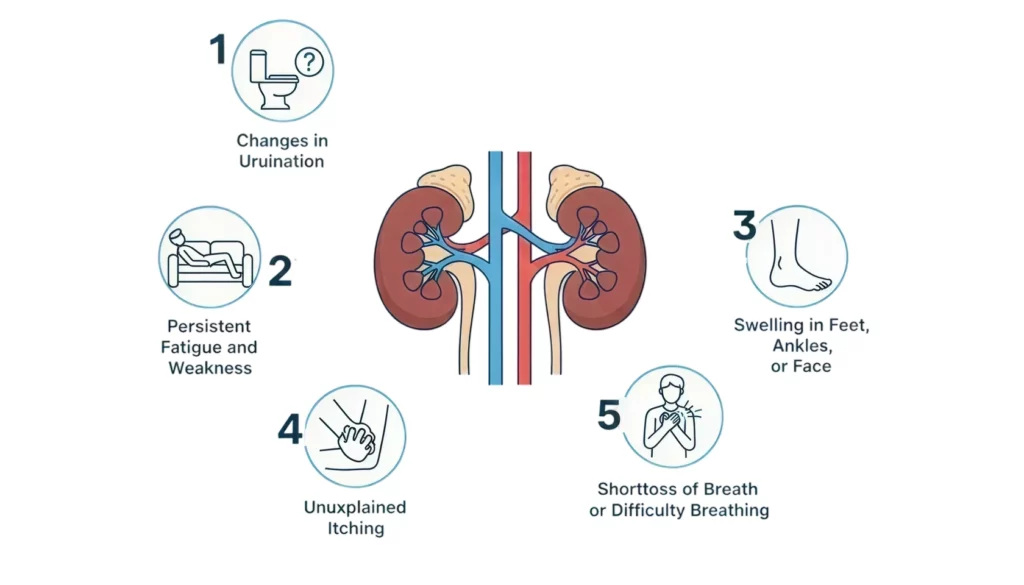Dialysis is a life-sustaining treatment for individuals with kidney failure, offering kidney function
by removing waste, salt, and excess water to prevent them from building up in the body. While
the need for dialysis is straightforward, the choice between at-home and in-clinic options can be
more nuanced, involving considerations of lifestyle, medical needs, and personal preferences.
In this blog, we explore two primary forms of dialysis – Hemodialysis and Peritoneal Dialysis –
comparing at-home and in-clinic experiences to help you make the best decision for your
circumstance.
Hemodialysis
Hemodialysis involves a machine that cleans your blood by removing toxins and excess fluids.
Traditionally, this treatment is administered in a clinic, with patients typically attending three
sessions per week, each lasting 3-4 hours. These sessions are supervised by a dedicated team
of nurses and technicians, ensuring safety and efficacy.
In-Clinic Experience:
Social Interaction: The clinic environment offers a unique social setting where patients can
interact, forming a supportive community during their treatment sessions.
Professional Oversight: Immediate access to healthcare professionals allows for real-time
adjustments to treatment, ensuring optimal care.
At-Home Hemodialysis:
Increased Frequency:
At-home treatments can occur 4-5 times a week, sometimes even
nocturnally, which can be more gentle on the body by mimicking the kidneys' natural function
more closely.
Partner Assistance:
Performing dialysis at home often requires the assistance of a partner,
adding a layer of personal support but also necessitating a reliable in-home caregiver.
Symptom Management: While symptoms like feeling washed out or tired post-treatment may
vary, having treatments more frequently at home can mitigate these effects.
Peritoneal Dialysis
The At-Home Advantage:
Peritoneal Dialysis (PD) uses the lining of your abdomen to filter blood inside your body,
employing a dialysis solution that absorbs waste and fluid. This method is typically administered
at home, nightly, allowing for a continuous, gentle cleansing process.
Flexibility and Independence:
PD is especially suited for working individuals, parents, and those
seeking a more flexible treatment schedule that doesn't disrupt daily life.
Gentle on the Body: The continuous nature of PD is less stressful on the system, providing a
more steady state of cleansing.
Self-administered:
PD empowers patients to take control of their treatment, fostering
independence while still under periodic medical supervision.
Considerations for PD:
Previous abdominal surgeries or internal devices ("hardware") may complicate the ability to
perform PD due to scar tissue or physical obstructions. Make sure to talk to your provider about
your previous health history!
Making the Choice
Although some patients may medically qualify for both hemodialysis and peritoneal dialysis,
making the decision a matter of personal preference, lifestyle, and practicality. While at-home
treatments offer convenience and a semblance of normalcy, in-clinic dialysis provides a
structured, social environment with professional oversight.
In navigating these options, it's crucial to engage in open, honest discussions with your
healthcare provider, considering all aspects of your health and personal circumstances.
Remember, the goal of dialysis is not just to treat but to thrive, making the right choice a
cornerstone of your care strategy. At ANC we’re committed to helping you discern the best
option for your unique needs. Schedule an appointment and receive the support of our talented
team. Together we can tackle the path towards dialysis treatment more effectively!





